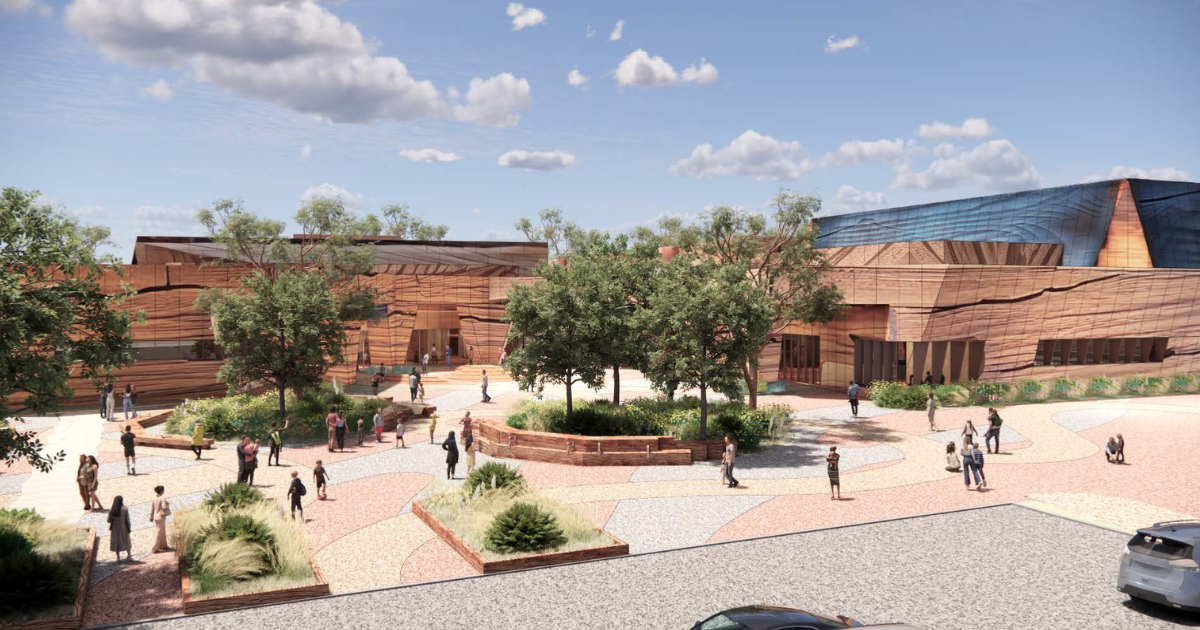Croppers’ battle with La Niña continues

RaboResearch analyst Vitor Pistoia said overall production for winter crops was forecast to reach 46.3 million tonnes. Photo: SUPPLIED
WITH sowing a bit hit and miss throughout the country this season, Rabobank reports that Aussie farmers are expected to plant 23.55 million hectares of winter crops this year, up more than 3 per cent on 2023 despite a mixed start to the season.
The bank’s Australian Winter Crop Outlook report says the increase in planting is driven by a positive outlook for New South Wales and Queensland and overall better margins year-on-year.
However, while overall planting is projected to be up, the total Australian production of grains and oilseeds for 2024-25 will be very much contingent on the expected onset of a late-season La Niña weather pattern in the second half of the year, according to the report’s author, RaboResearch analyst Vitor Pistoia.
“It’s currently a ‘tale of two coasts’, at least for the season’s start, with strong early sowing in the east, but a dry start in the west,” he said.
The bank expects total crop production to be near average for the 2024/25 winter season on the back of the forecasted La Niña and the dry start in the west as well as parts of South Australia and Victoria.
“Assuming a tough start for Western Australia, South Australia and western Victoria, with a mid-to-late season recovery following better rainfall due to La Niña, we forecast overall production for winter crops will reach 46.3 million tonnes,” Mr Pistoia said.
The report indicates wheat planting has surged with the area planted to wheat forecast to increase by 7.7 per cent (961,000 hectares), higher than last year, to 13.48 million hectares.
Canola, however, is set to lose ground, projected to shrink 12.7 per cent (450,000 hectares) to 3.11 million hectares, due to dry conditions in Western Australia and South Australia, as well as potential lower gross margins compared with previous seasons.
This would see wheat acreage at 6.9 per cent above the five-year average and canola still at 5.1 per cent above its five-year average despite the acreage decline.
Barley will likely take second place in the expansion this year, the report said, with an estimated 5.1 per cent (210,000 hectare) rise on last year’s planting to 4.33 million hectares. This, however, would be 10.3 per cent below the five-year average.
Oat is likely show an uptick of 12,000 hectares to a total of 0.7 million hectares, while planting intentions for pulses suggest acreage growth of 5.2 per cent year-on-year to 1.93 million hectares.
In Victoria, planted area is forecast to remain steady at 3.541 million hectares, albeit down marginally (by 0.1 per cent) on the previous season.
“This, however, would still represent the second biggest winter area ever cropped in the state, and just 1.4 per cent under the 2020/21 record,” Mr Pistoia said.
Winter cropping area is also poised to remain relatively stable year-on-year in South Australia, Rabobank said, although with a significant drop in canola planted but an increase in pulses.
Grain prices are likely to “hold firm” in the year ahead, the Rabobank outlook says.
Rabobank forecasts APW (Australian Premium White) port prices for wheat to range between AUD $360 and $390 per tonne by the harvest and barley prices for feed barley are on track to be in the $350 to $370 per tonne range for east coast ports and $320 to $340 per tonne for Western Australia and South Australia.

















